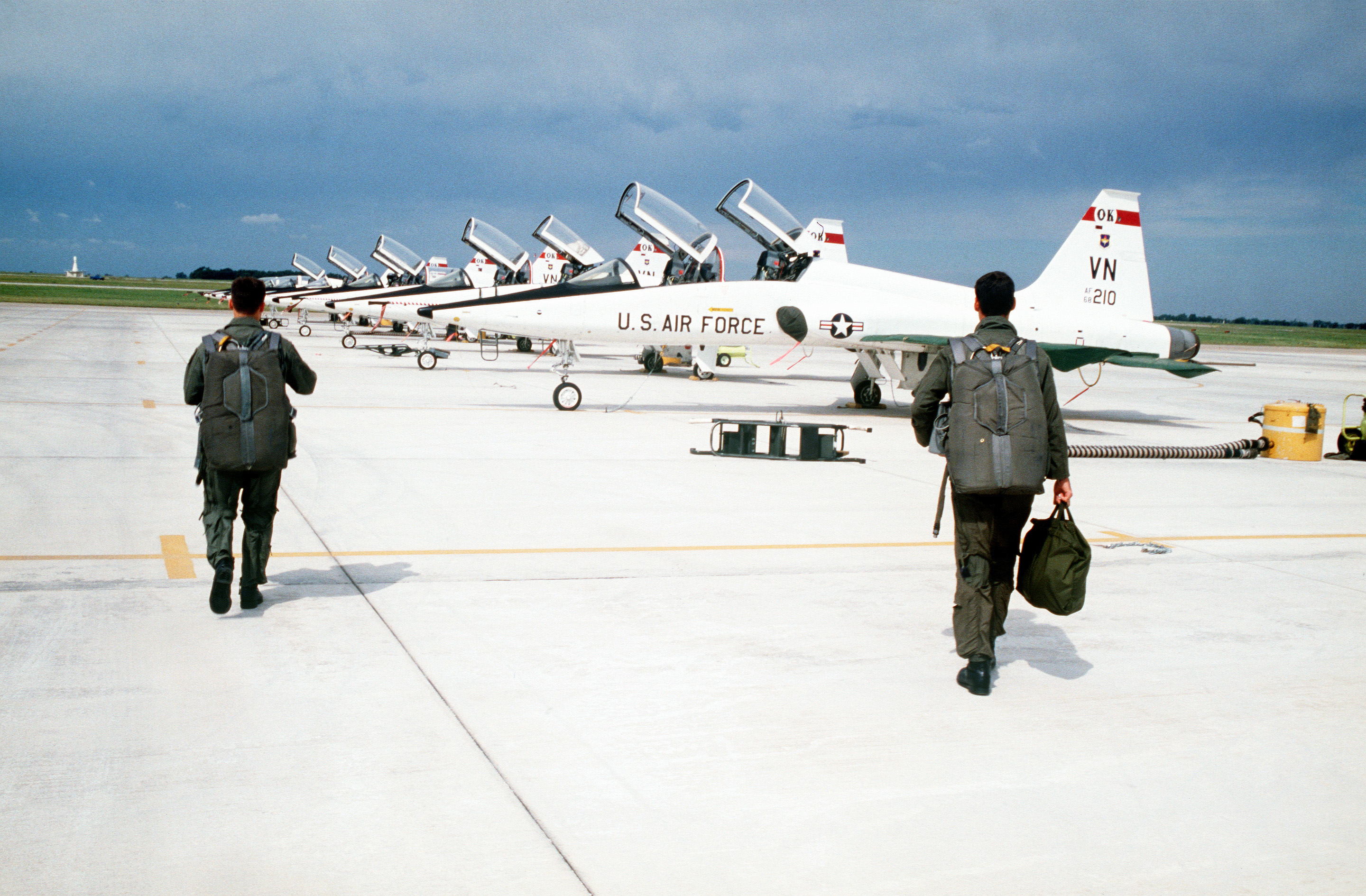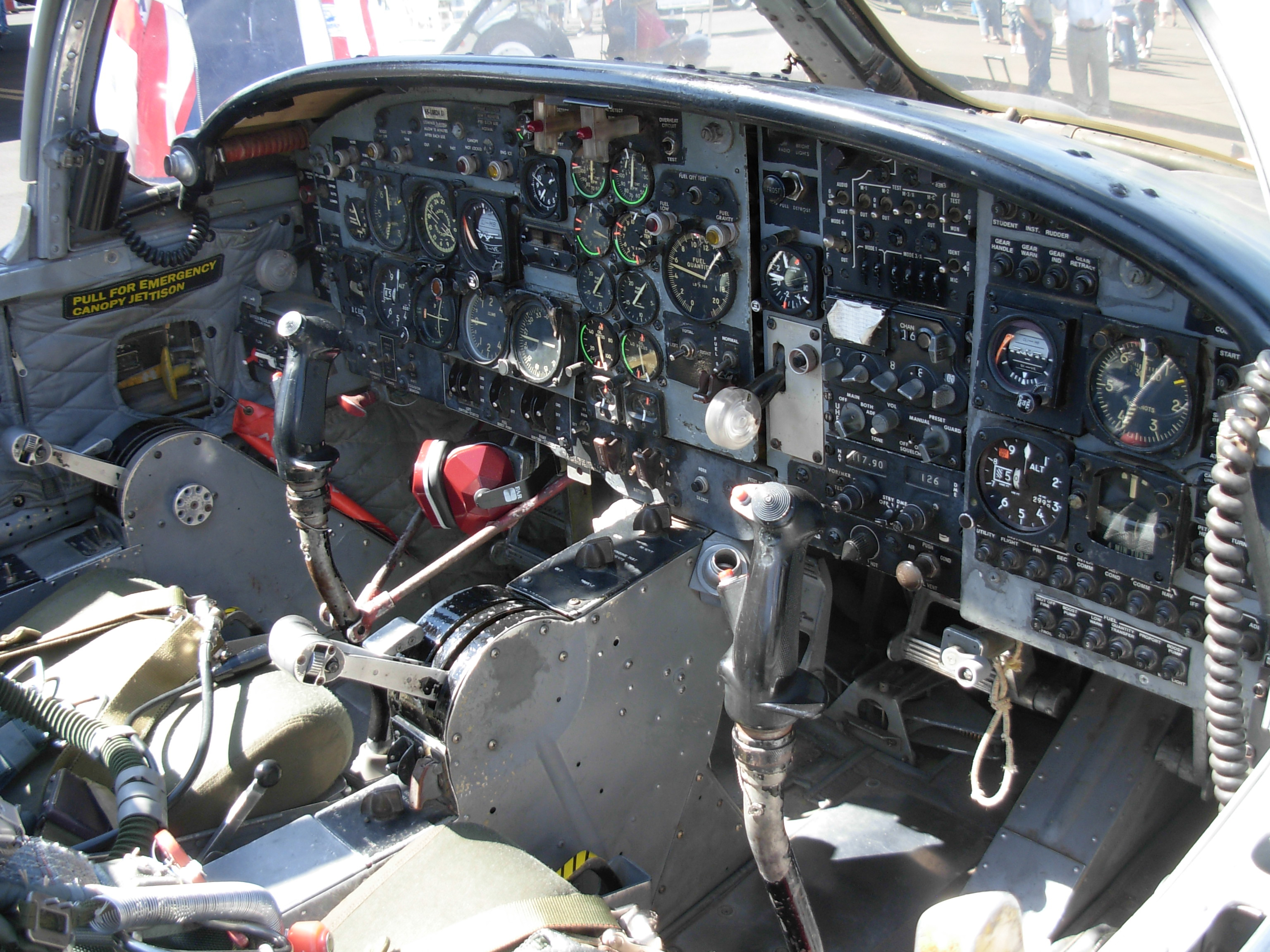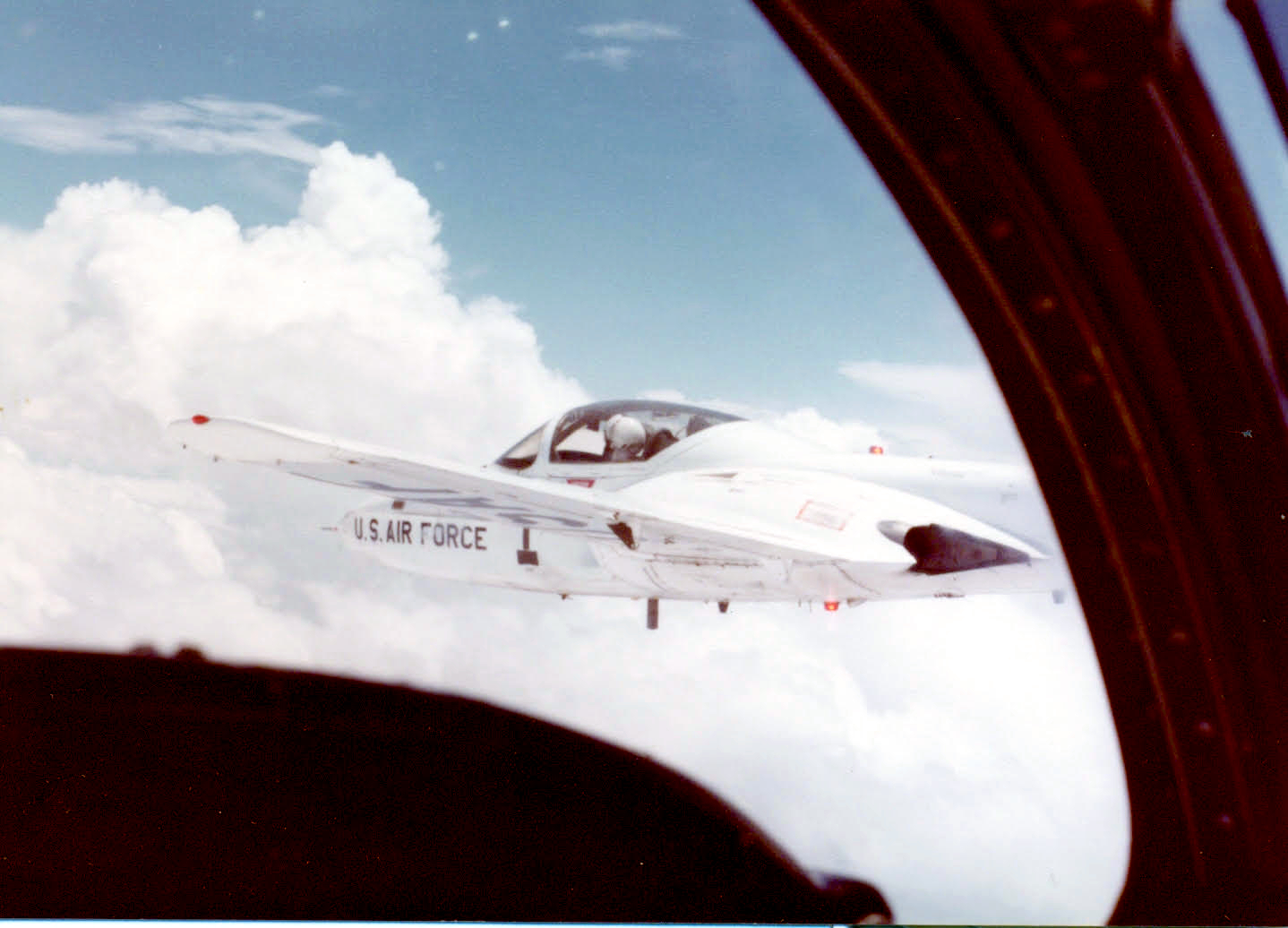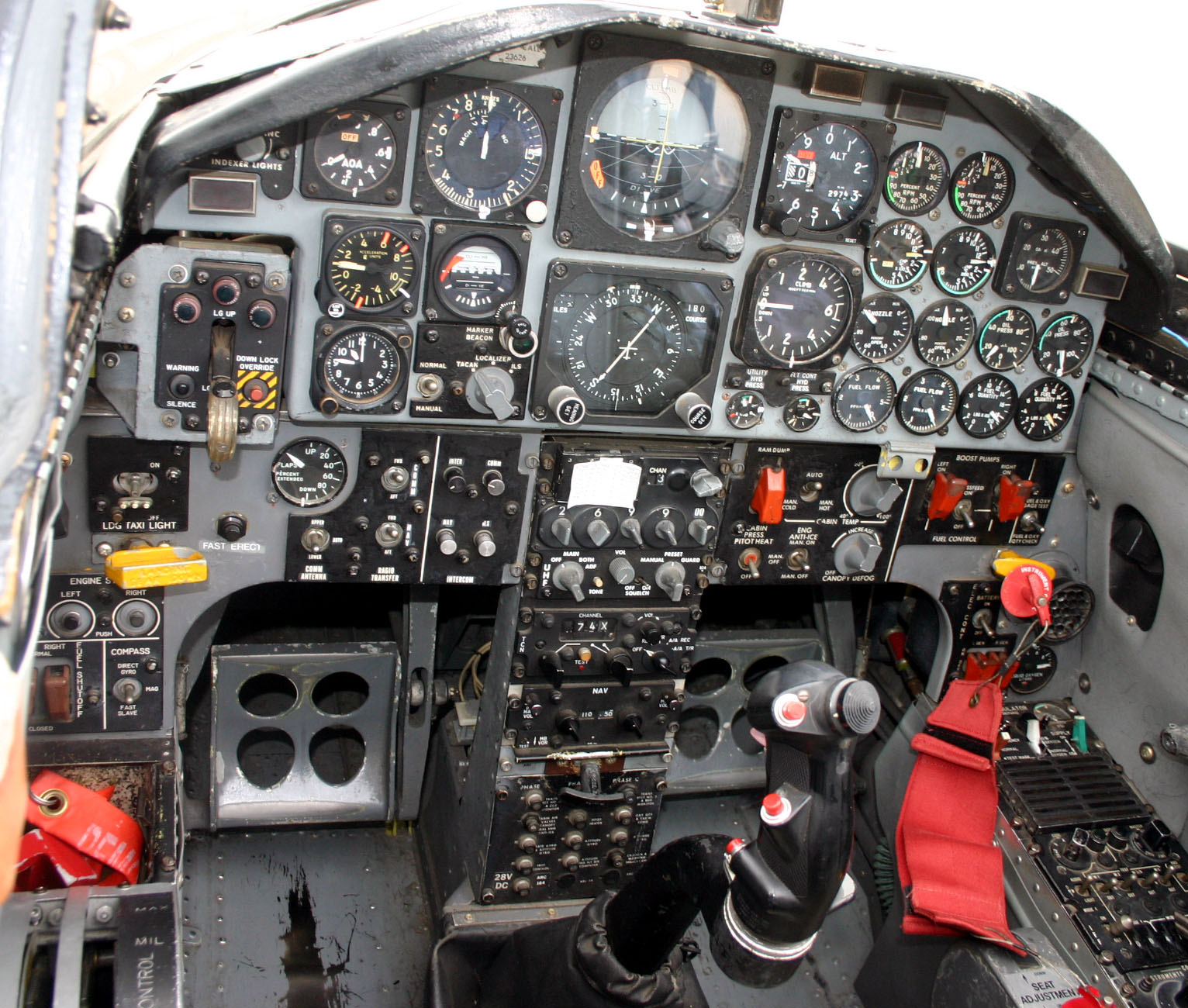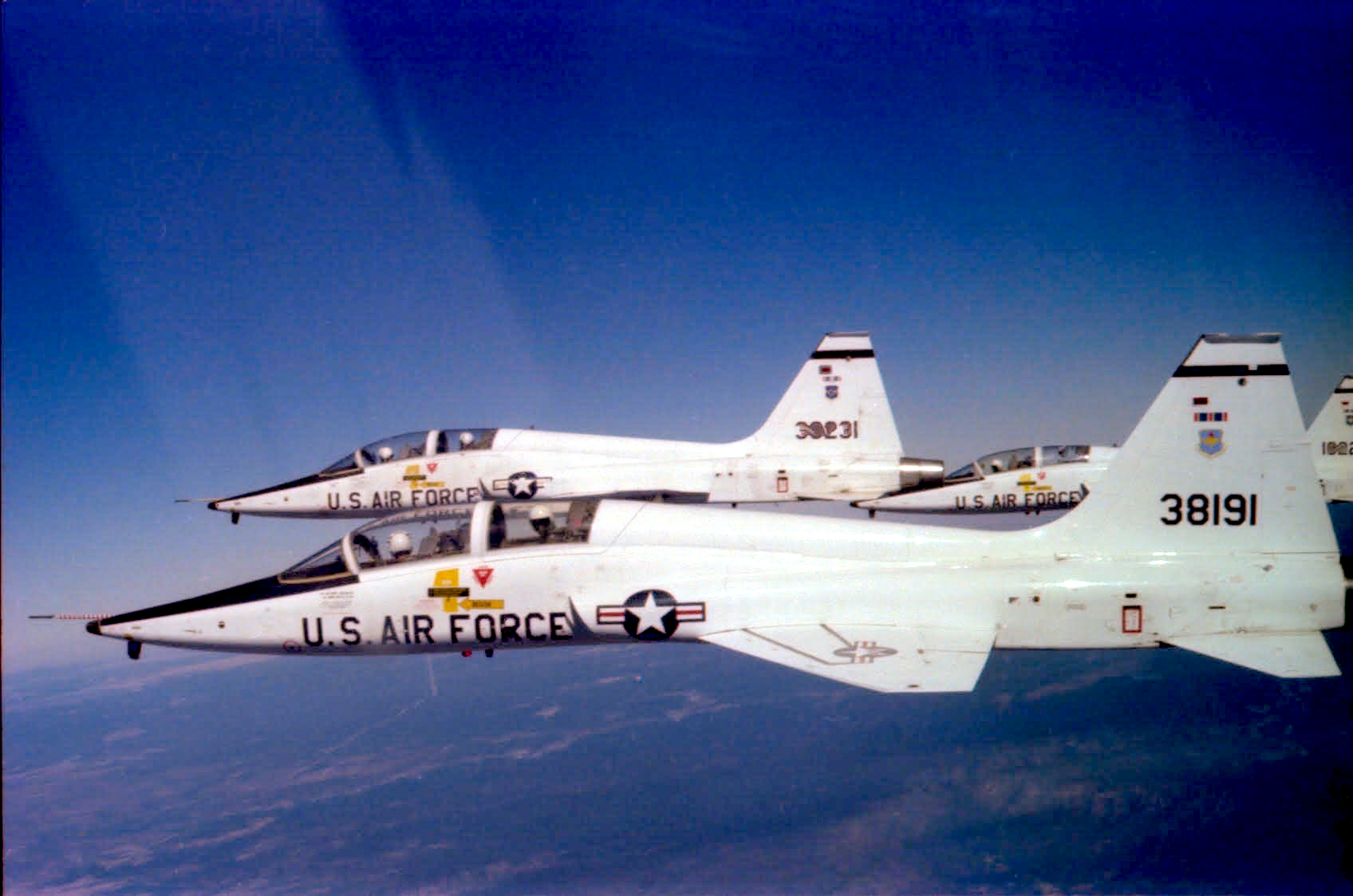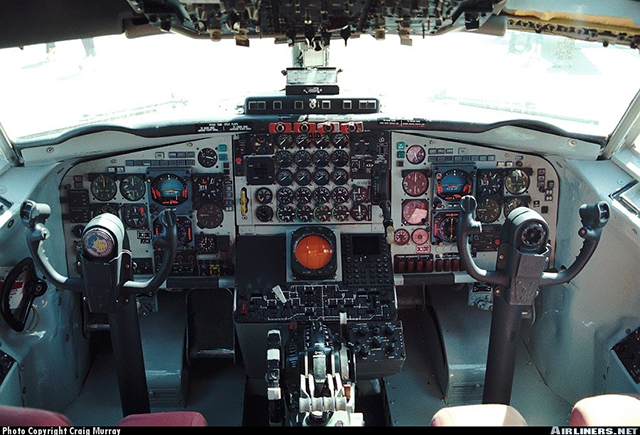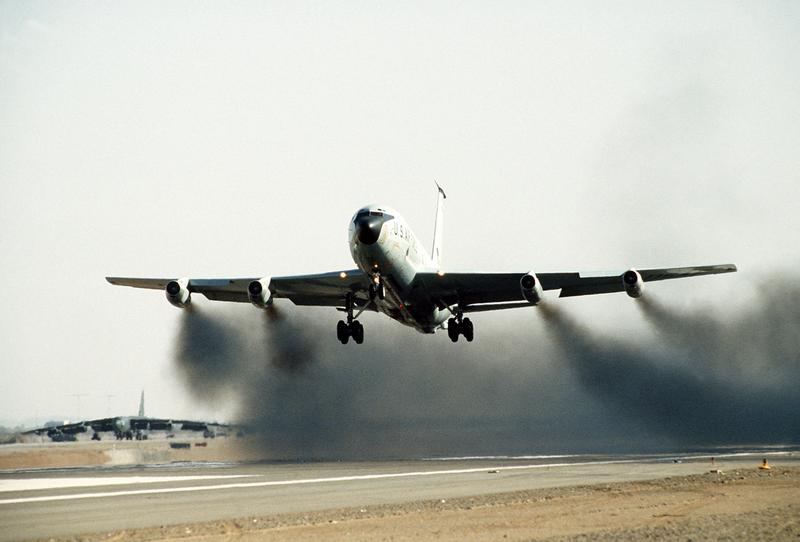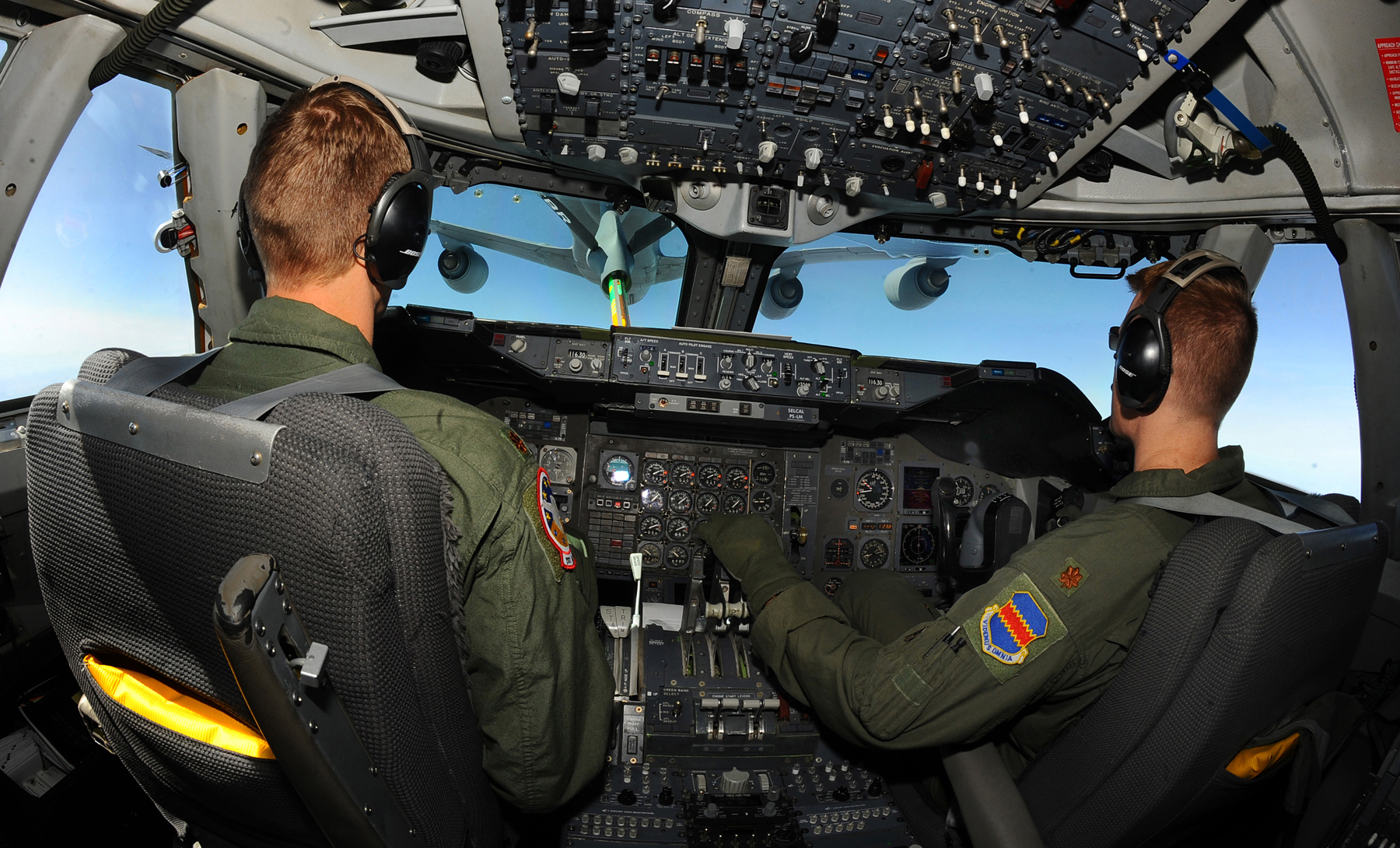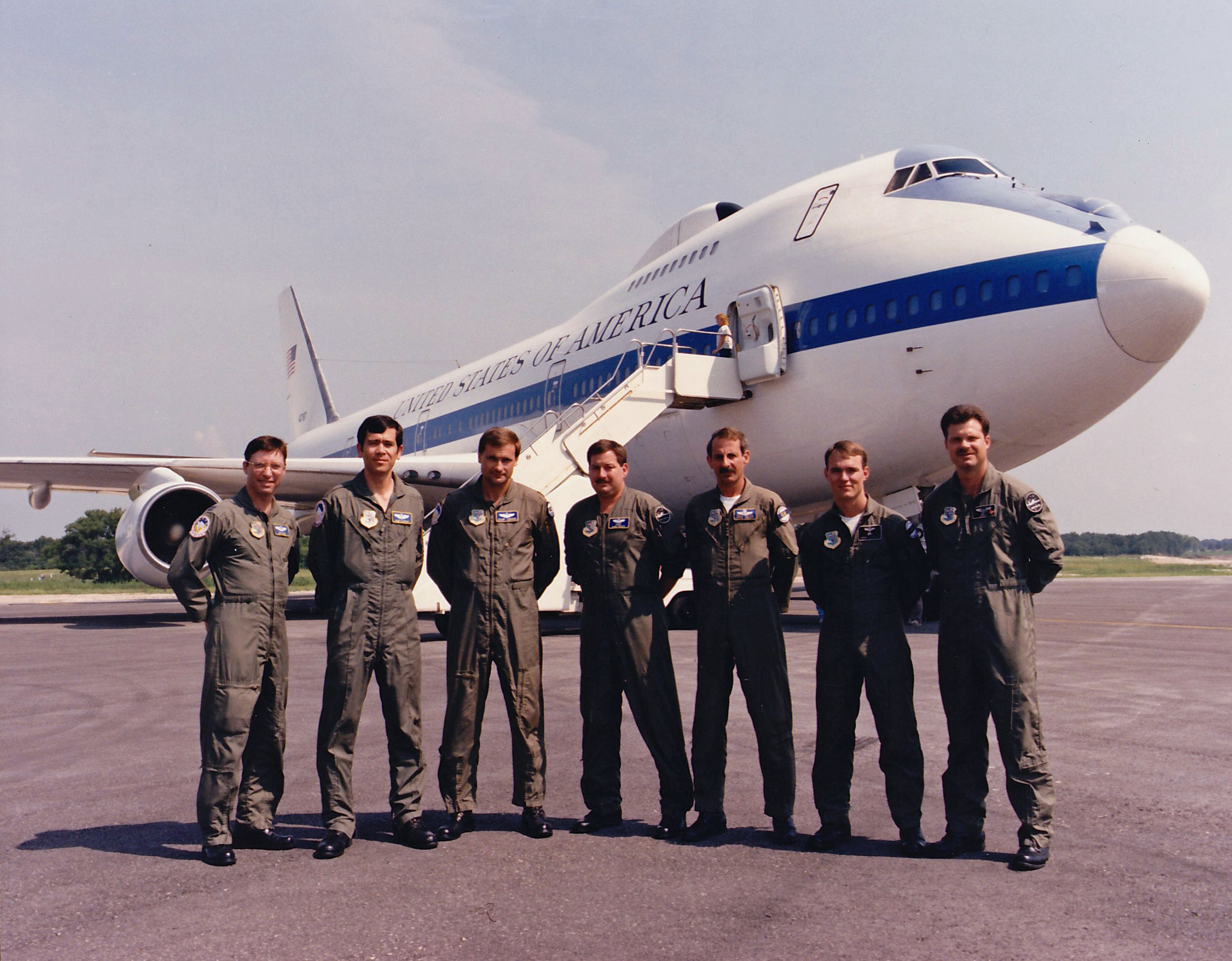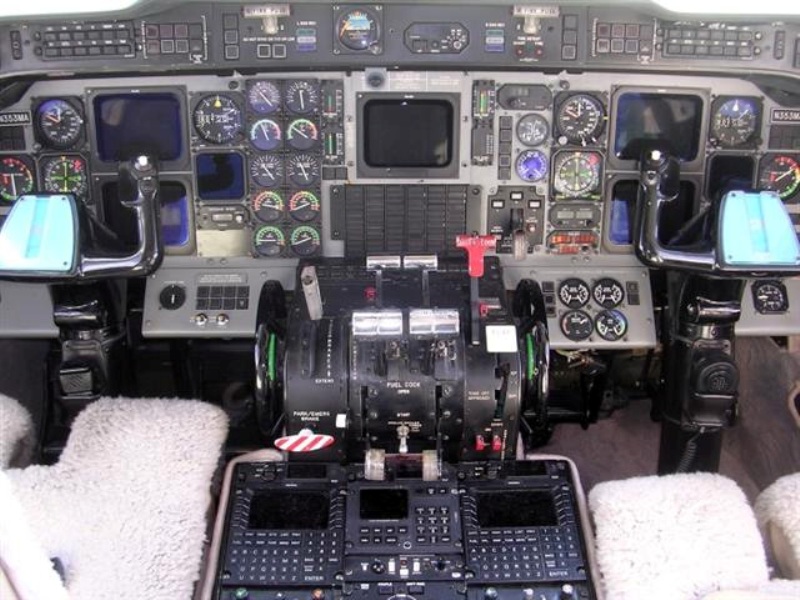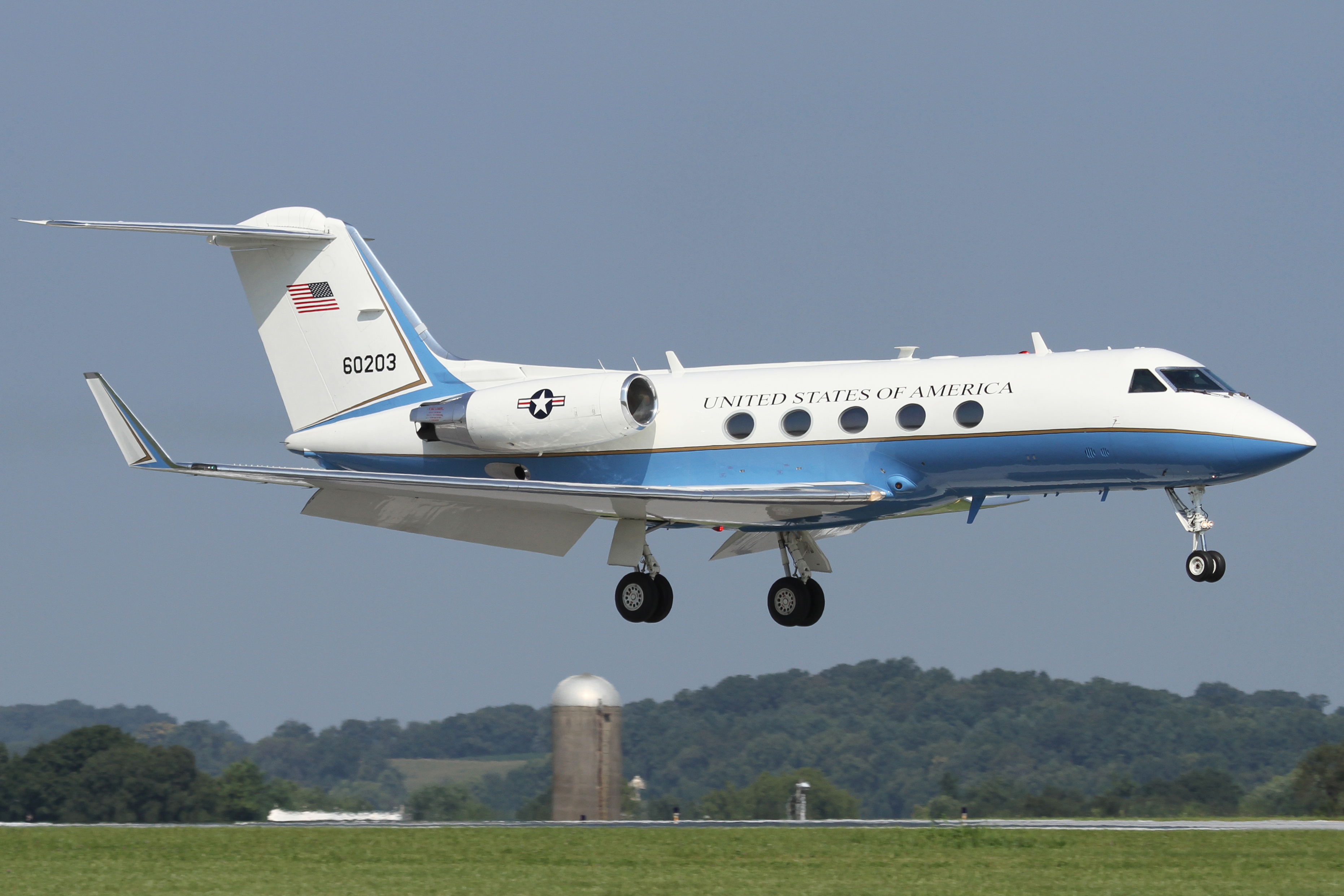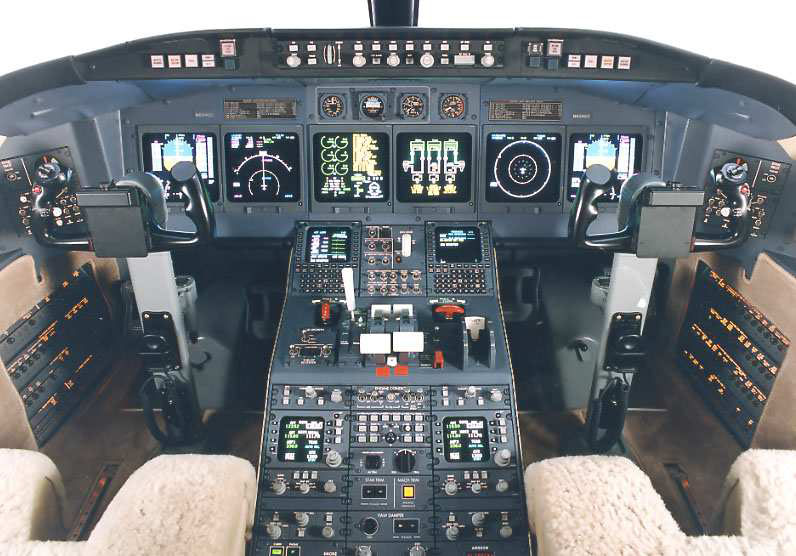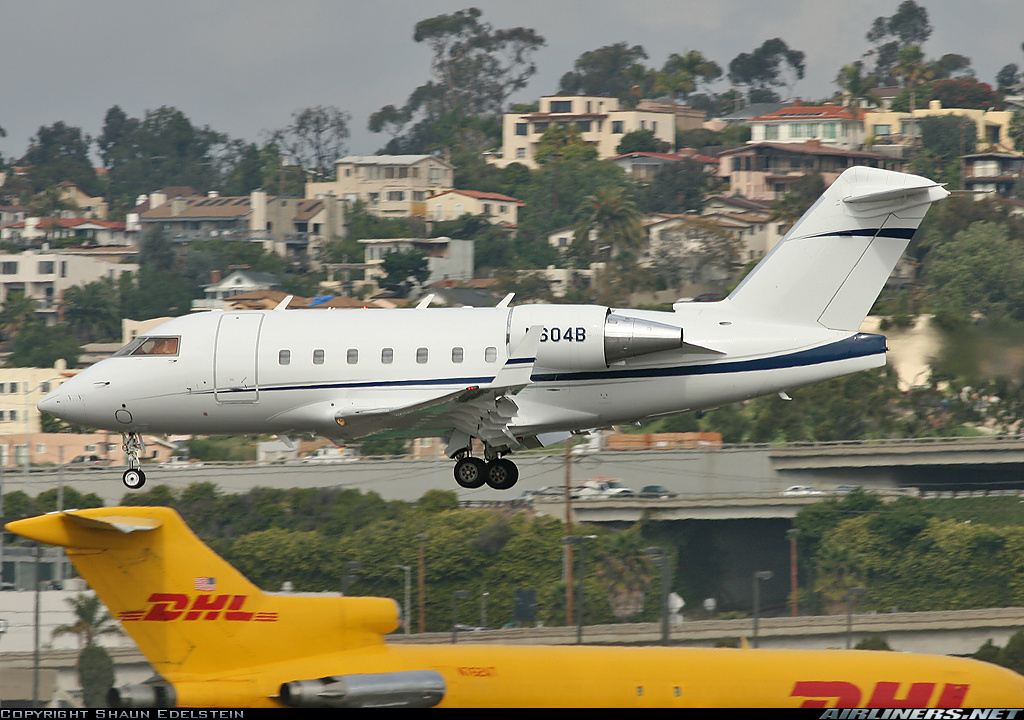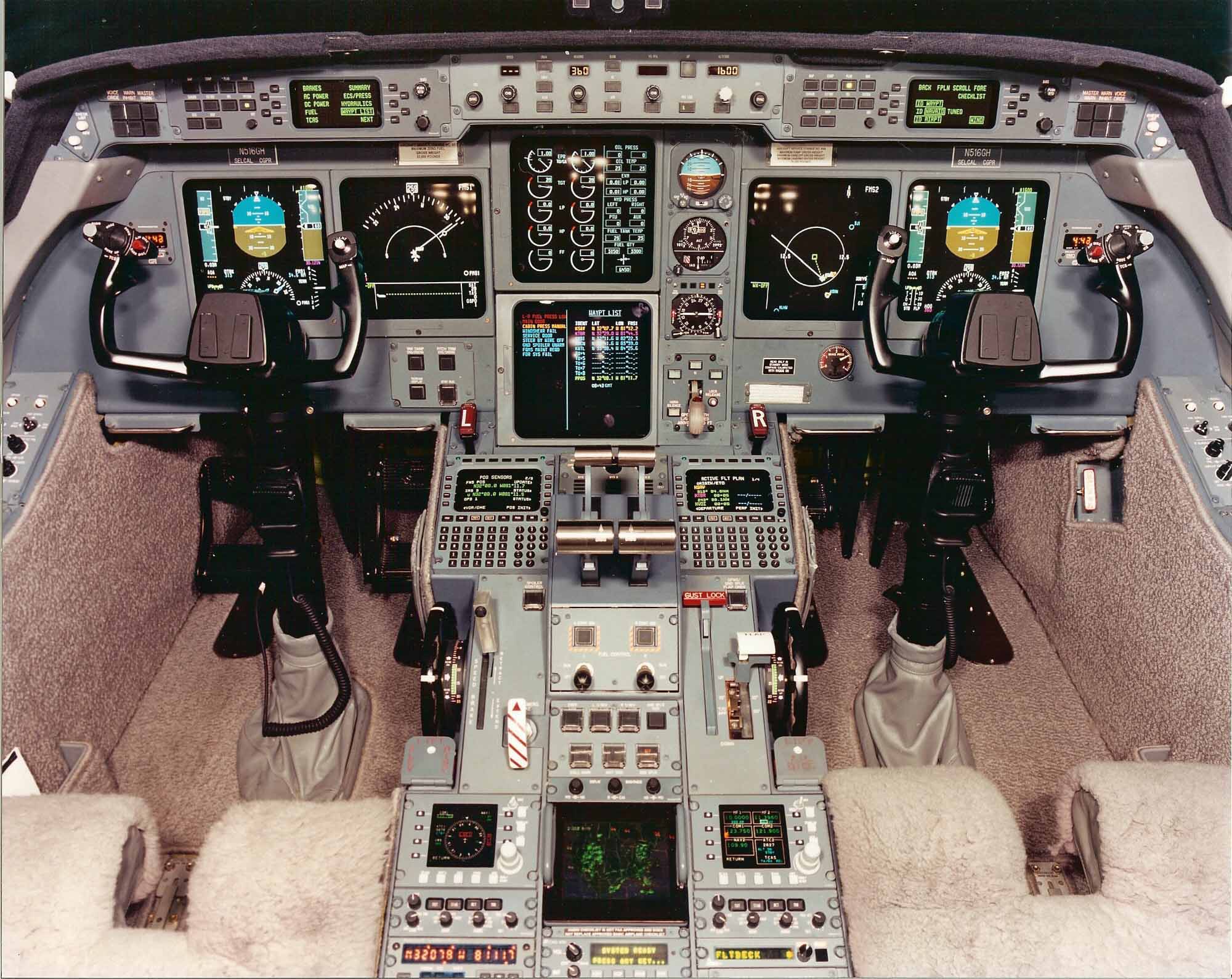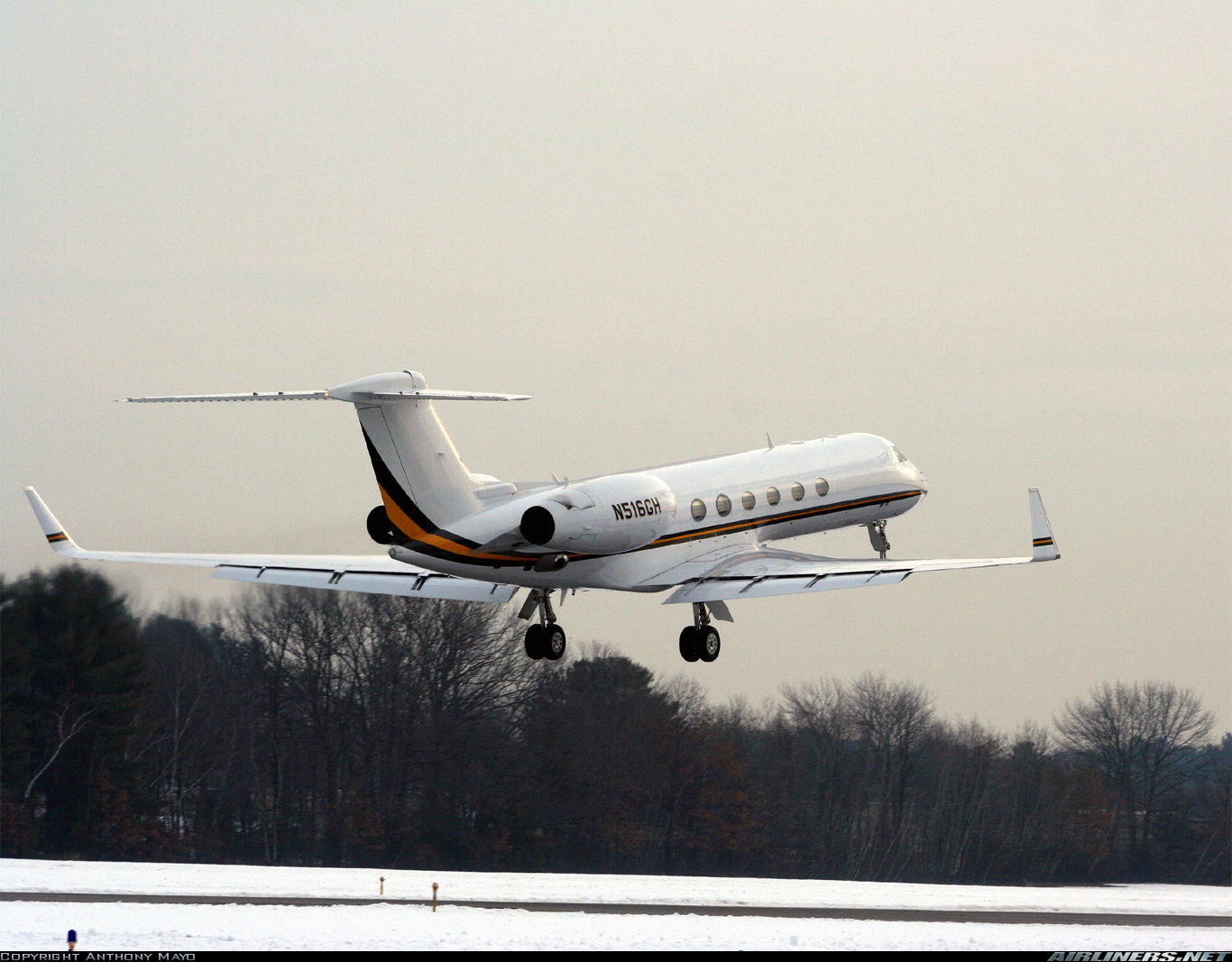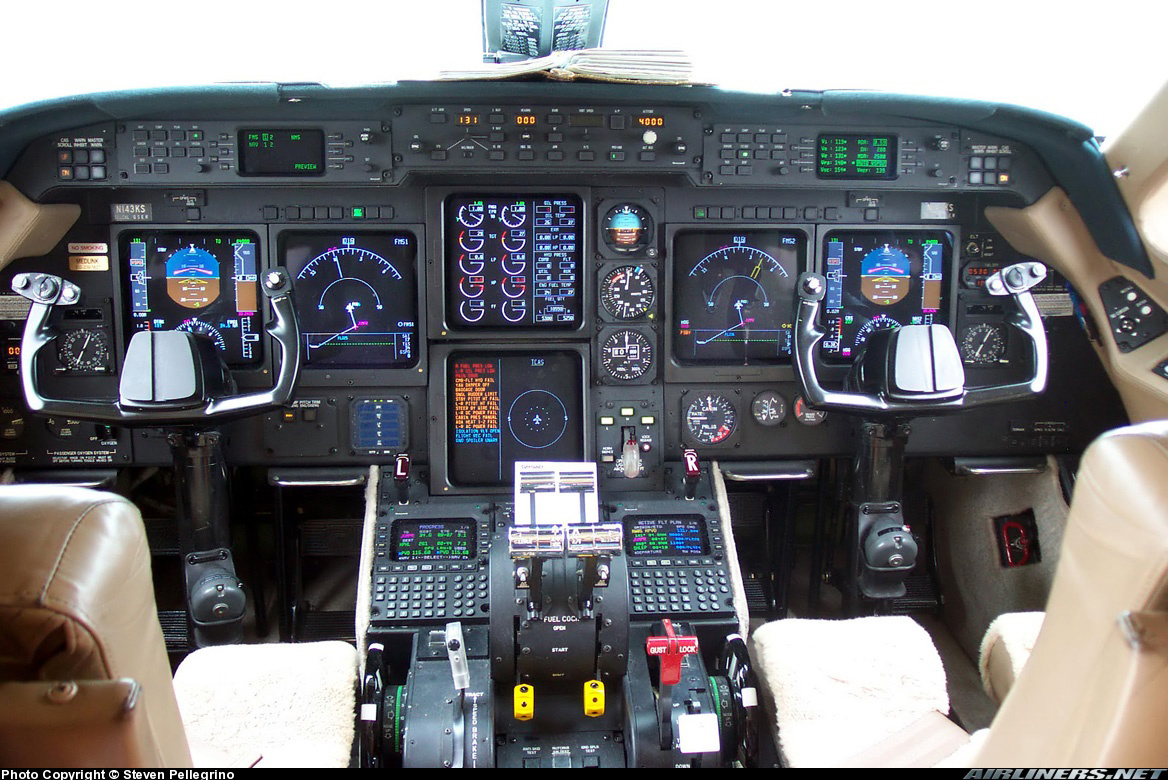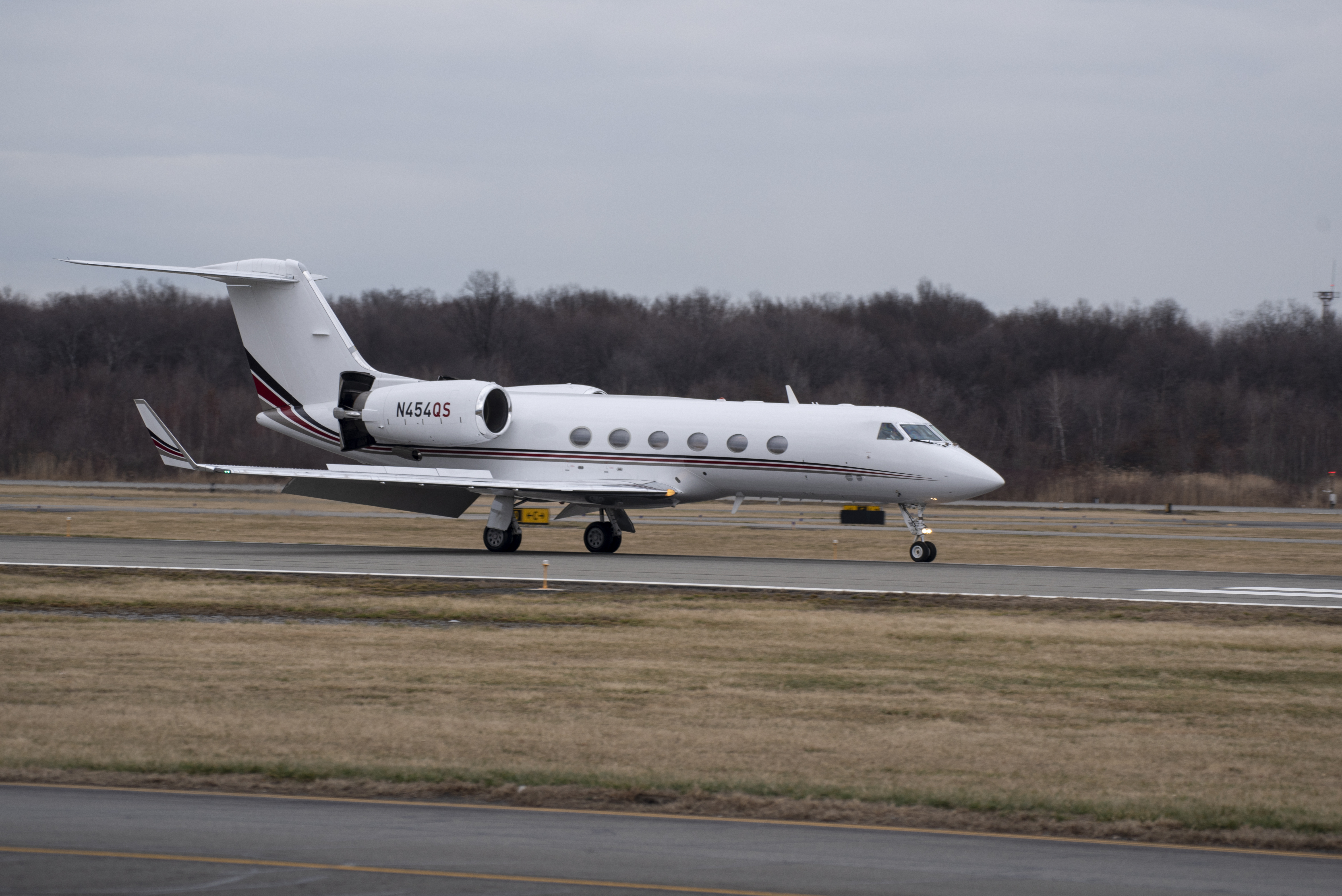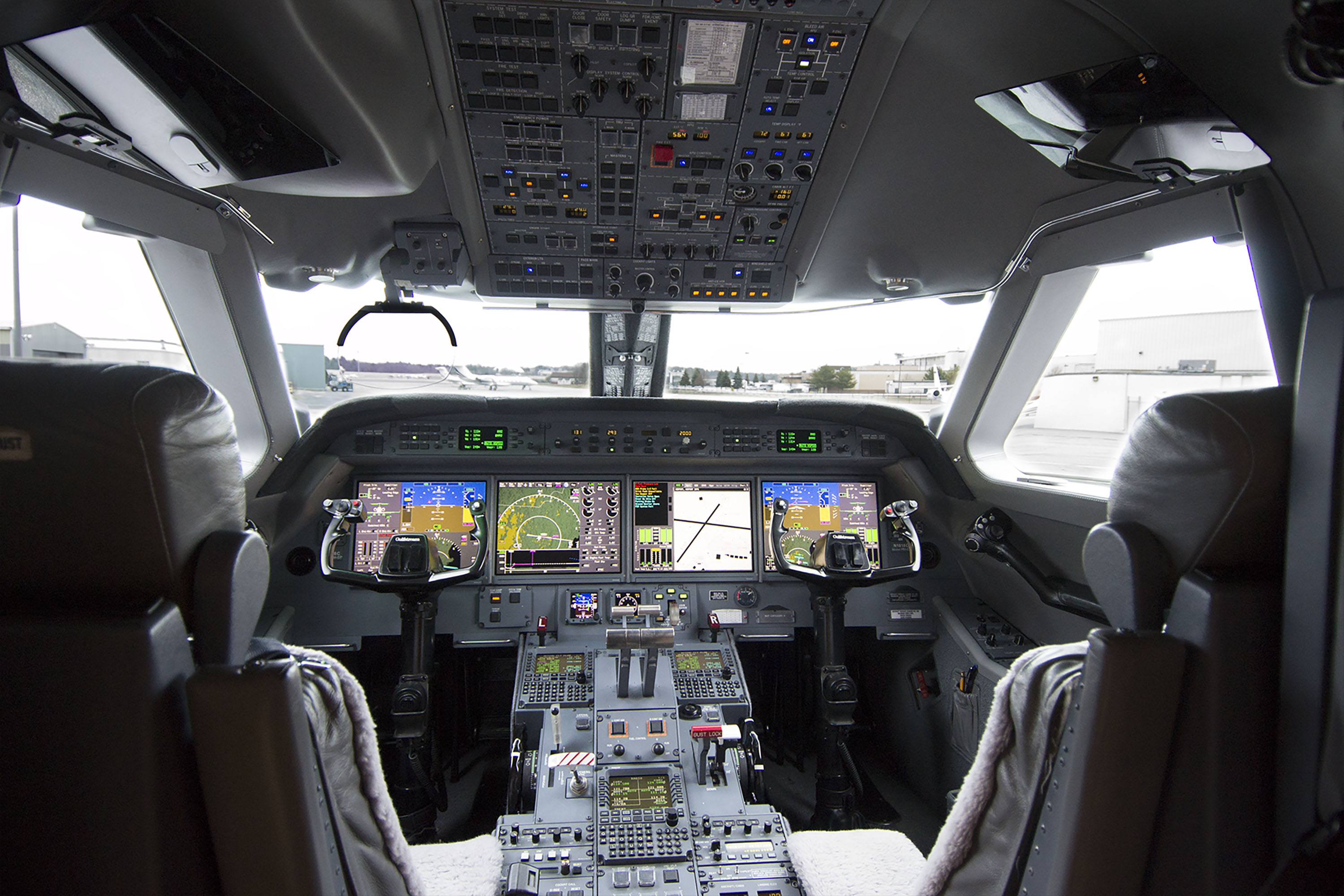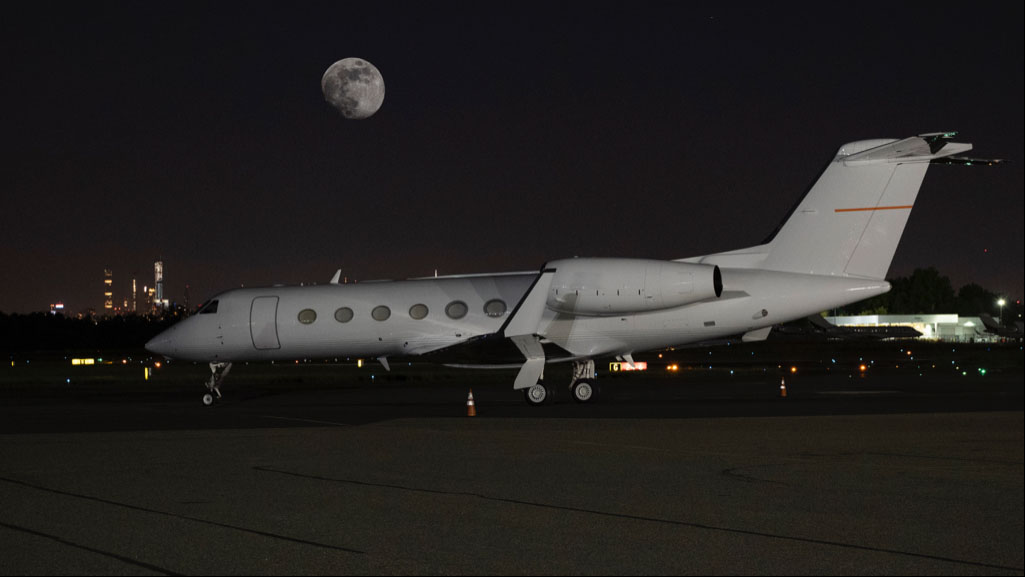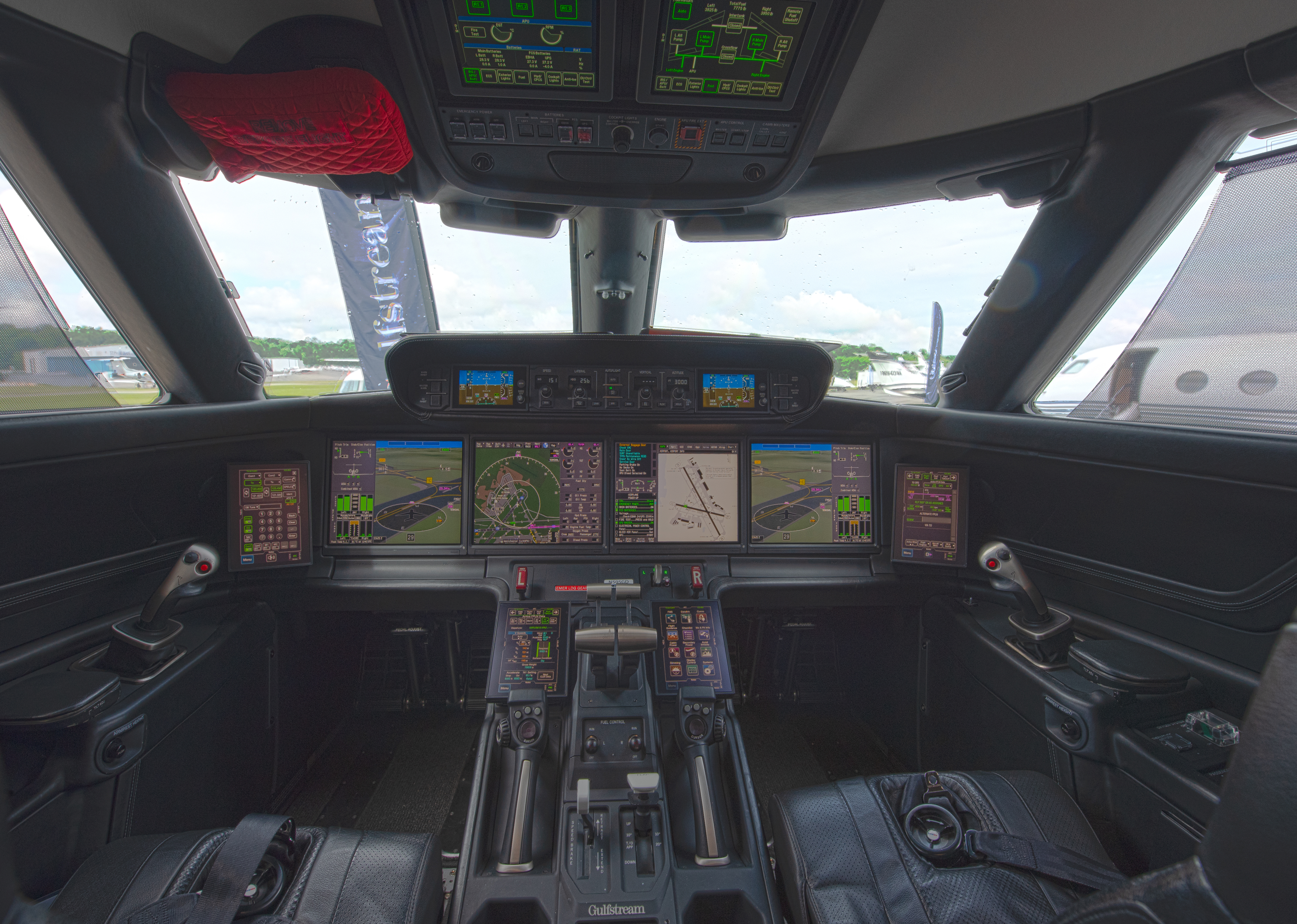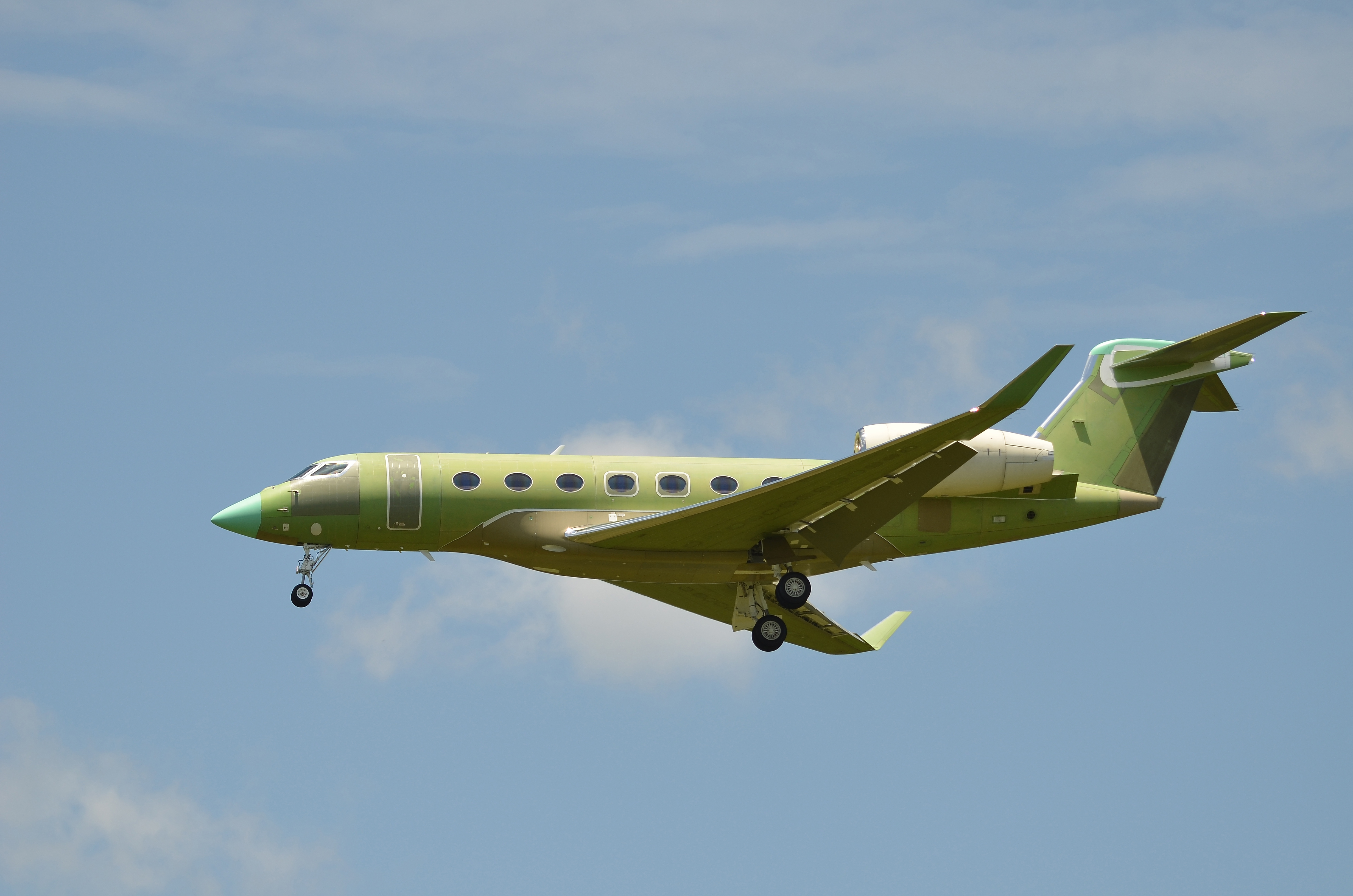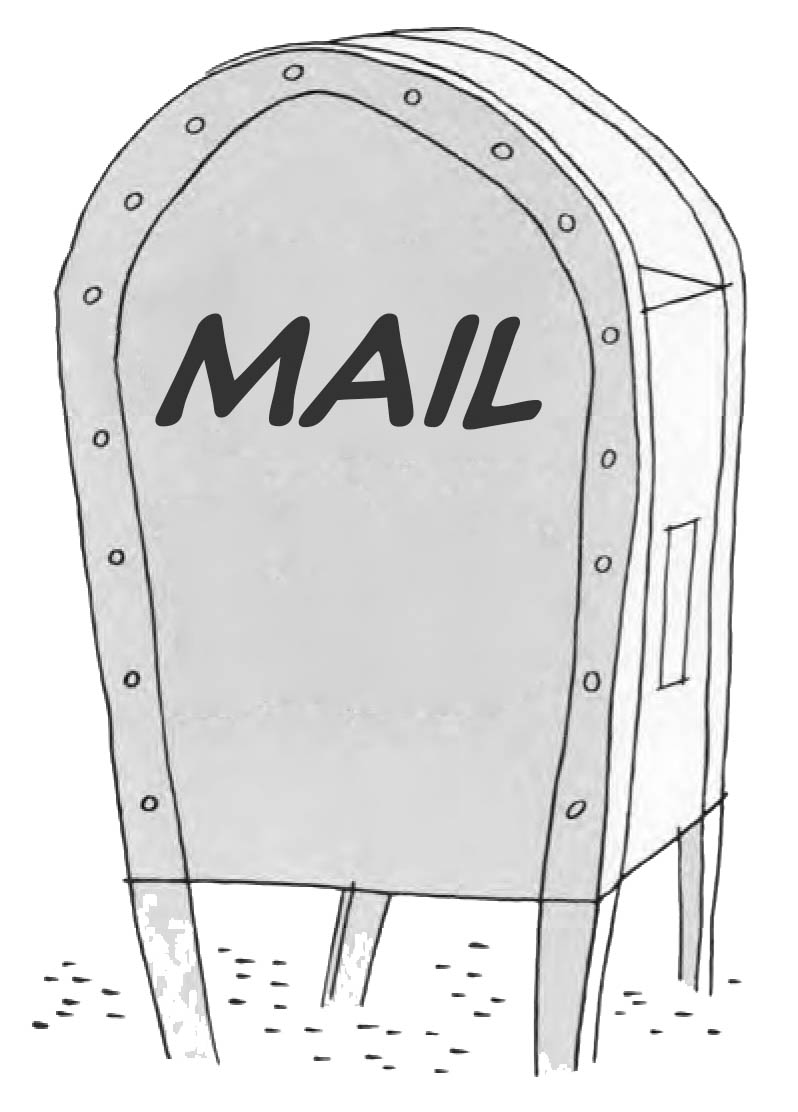Most people do not react favorably to change. It is just human nature. But others, for some reason, don't appear bothered by it. I was once told that I seem to thrive on ambiguity. I don't think "thrive" is the word I would choose. I would choose "tolerate." Whatever you call it, the very nature of life means you have to know how to deal with change. The very nature of flying airplanes means you have to know how to survive it. Here are a few thoughts on how to do that.
— James Albright

Updated:
2020-01-01
I am writing this exactly forty years after I passed my first checkride in the Northrop T-38 Talon, and that was a month or so after completing training in the Cessna T-37. Going from a "dog whistle on wings" to a "white rocket" was quite a change, to say the least. There were quite a few more to come.
2 — Control what you can control
3 — Make the best of the situation
4 — Accept that life will be different
6 — Look for constants in life

1
Prepare for it
Change is inevitable so you might as well get ready for it. I know that sounds ridiculous but there are ways to anticipate the unknown. It will be a rare day when you find yourself going where no one has been before.
One of my rules . . .
Step one is to get your mind right. Attitude Determines Altitude is my first rule of life and it certainly applied during Air Force pilot training. Air Force pilots have a different way of thinking and that outlook shapes how they fly airplanes. While it is more complex than this, I can summarize it as follows: we control the airplane, we don't allow circumstance to control us. You can tell when this attitude takes hold in pilot training when the student no longer "straps into the airplane" but starts "strapping the airplane on." In the former case the pilot is an occupant; in the latter he has become one with the airplane.
So how do you become one with your airplane, or the airplane you have coming next? You learn it from nose to tail. This applies to more than just airplanes, but occupations and situations too.
A short story from way back when . . .
My Air Force pilot training started on January 2, 1979, with 77 students. Most of us were second lieutenants from either the Air Force academy or Air Force ROTC. There were one or two from Officer Candidate School (the so-called "90 day wonders"), two were captains who did well as non-pilot officers and were getting their chance to fly, and four were from the Air National Guard. Of 77 who started, 33 were shown the door at some point in the year to come. I think the best discriminator between the 44 of us who made it and the 33 who did not was desire. Those who got their wings wanted them badly enough to endure whatever was thrown our way.
We were grouped in twos for our first few months flying the Cessna T-37, two "studs" with an instructor. My table-mate was 2LT Roger Jeeter, who graduated from the Air Force Academy the same month I graduated from Purdue University. Roger was extremely smart and I got the sense that everything came easy to him. He led our class in test scores until it came time to fly. He seemed genuinely surprised by the impact of G forces when flying a loop. He was overcome with worry by how is body reacted to flying an unpressurized airplane at 25,000 feet. He didn't openly complain, but I could see in his eyes the distress at coming down from a 1.3 sortie drenched in sweat because the airplane was so poorly air conditioned when flying aerobatics over the hot Arizona desert.
It was becoming obvious that Roger might not last the first phase of training, the phase called "contact." To get to your first check ride you had to solo. But the real test came during the checkride: spin recoveries. While a spin looks traumatic and stomach churning, in the T-37 it is actually quite comfortable. But that is where Roger had his biggest weakness. I moved on to the formation phase of training while Roger was still looking to pass his contact check. After his second bust he confided in me that failing pilot training would be the first time in life he had failed anything. I asked him about his four years at the Academy and he spoke only of civil engineering labs and other academics. He had spent no time at all with his peers fantasizing about their future lives as jet pilots. He hadn't immersed himself in the narrative of the lives of pilots who had come before him.
More about Roger's undoing: Single Spin Recovery (1979).
Most of us who had four years to anticipate getting a chance at becoming Air Force pilots lived and breathed all things pilot. We read stories, watched movies, and any chance we got to listen to an Air Force pilot, we seized it. It was a way to mentally prepare ourselves for the challenges to come. There is an old pilot's saying that applies here for more reasons than the obvious: if you don't know where you are going, you will end up somewhere else.
. . . Many years later
I was once in a large civilian flight department of 3 airplanes flown by 11 pilots and maintained by 3 mechanics. Over the course of a few years the flight department shed airplanes and people and the base manager's office had a revolving door as one pilot after another was hired, retired, or was fired. Through it all, I noticed the director of maintenance kept his eye on everything. As one chief pilot after another cycled through the top spot, he cheerfully volunteered to assume more and more duties which the pilots gladly gave up. Soon he was making pilot decisions and doing a pretty good job of it.
I was offered the chief pilot position but saw the handwriting on the wall and decided to leave instead. One more pilot had his turn at the job before the operation folded. The airplane moved to a new owner and our director of maintenance with it. He spoke so knowledgeably about the position he became the director of aviation as well. He had his eye on the prize the entire time. That was more than 15 years ago and he still holds the position today. You can do things to prepare yourself for the changes down the road. You can even predict them.
If you want to survive change, keep a good attitude and prepare yourself.
2
Control what you can control
In the heat of the battle we often fail to think dispassionately because so much is going on and we tend to focus on the nearest threat. In this situation a pilot's reactions in an emergency are analogous to how that pilot deals with life's uncertainty. You have to control what needs to be controlled while keeping an eye on the big picture.
One of my rules . . .
A Practiced Calm Will Serve You Well. It does you no good to panic or to worry about things outside your control. During my year in pilot training the Air Force lost four T-38s. Reasons ranged from wings that snapped off to hardover flight controls. In every case the Air Force told us what happened and revised our procedures in hope it wouldn't happen again. Multi-engine pilots spend a lot of time worrying about losing an engine at V1 (Decision speed) but that hardly ever happens. I had less than 200 hours in my logbook when it happened to me.
A short story from way back when . . .
During our first day of pilot training we sat down and wrote a page about what we expected to be flying in a year. I was a secret future airline pilot, but you couldn't say that. The correct answer was to say you wanted to be a fighter pilot, that was the purpose of the entire exercise. If you said you wanted to fly a heavy, well that was a sign you wanted to be an airline pilot. So I said I wanted to return as an instructor. Was this a lie? Perhaps. I like to think of it as a survival technique.
There is something about being 23 years of age surrounded by others of the same age all wanting the same thing. I briefly entertained the fighter pilot life style while I was in the T-37 but moving on to the T-38 I noticed something of our new cadre of instructors. Most who were fighter pilots tended to be a bit high strung, loud, and boisterous. The heavy pilots, in severe contrast, tended to be more soft spoken and reserved. But there was something else bothering me. During the year we had lost one T-37 but the pilot survived. Our sister bases lost four T-38s with fatalities, we lost one but both pilots ejected safely.
When I say it bothered me, I don't mean fearing death. That never crossed my mind because the only control of that I had was to fly as I had been taught and that is what I was doing. It bothered me because it seemed it was happening with the pilots being thought of as expendable. At the time the F-4 Phantom II was the top fighter in the Air Force in that there were so many of them. The F-15 was brand new and only one of our class was expected to get it. The rest of us were Phantom-bound. During our year two had crashed, taking four lives with it. One of our instructors, and ex-Phantom driver, said that not counting combat losses, the F-4 fleet averaged two a year, usually because an engine shred itself to pieces. "Isn't the Air Force concerned?" I asked. "Nah," he said. "You have to expect a few losses in a big operation."
This was a year or two after the Vietnam War had ended and the Air Force was getting rid of pilots and airplanes, which probably had something to do with the fact so many of my classmates were washed out. But it also meant you didn't have to accept a fighter if you didn't want it. (They had too many fighter pilots back then.) I was still on the fence about the whole thing when I showed up for my final check ride of the program: the instrument / cross-country.
This check ride required us to plan a trip of at least several hundred miles, fly it from the back seat of the T-38 where a curtain covered the back canopy so we couldn't look outside. If we passed that portion, we would return to the front seat for the flight home. My flight was to Point Mugu Naval Air Station, California. Flying in the back seat, even hooded, was easier than the simulator and all went well. My head hit the canopy a few times because my spine length is right at the maximum, so if I had to eject from the back seat I was probably going to get hurt. Note to self: do not volunteer for T-38 instructor duties. But other than that, it was as pleasant a check ride as I had ever taken.
We spent an hour in the snack bar as the check pilot questioned my knowledge, the so-called oral exam. After our jet was fueled, the examiner pointed to the front seat, telling me I had passed. I fired up the jet, realizing that I had completed the last step needed to earn my pilot's wings after a year of training, and was trying very hard to avoid "nothing can go wrong now" thoughts to concentrate on the task at hand: lighting two after burners and getting back home. (To celebrate.)
Decision speed, the speed before which we would abort and after which we would continue the takeoff, was around 110 knots. The airplane could lose an engine at that speed and still accelerate to around 140 knots to allow rotation and climb out about 160 knots. I suffered hundreds of engine failures in the simulator but the nearest thing in an airplane I had seen was an afterburner nozzle failing full open, reducing the engine to zero thrust. We didn’t practice engine failures on takeoff in the airplane; that would be very risky sitting in front of two afterburners. But I digress.
That’s where we were that day: half the runway behind us, half in front; the AB shooting two orange flames of thrust behind us; 110 knots of speed with the indicator winding itself higher nicely, and a black dart flying right at us. The black dart just missed the canopy on my left and the next thing I saw was a huge ball of fire shooting in front of the aircraft and the master caution panel on the instrument panel lit up like a Christmas tree. The loud explosion muffled quickly, only to be replaced by the “beep, beep, beep” in my ears, the aircraft telling me it was unhappy.
Even with one engine we accelerated. I pulled back on the stick and pointed the nose skyward. I retracted the landing gear, and kept the thing climbing. We had 190 knots in no time and I slapped the gear handle up. The examiner listened as I declared an emergency and asked for a wide pattern. "Left engine is seized," I heard over the interphone. He was reminding me that we were lucky we got the gear retracted and that if the second engine failed we only had one option: ejection.
It probably took about ten minutes to fly that wide pattern. We extended the landing gear using the emergency system and talked about ejection. With one engine left the procedure would be to eject if that one failed. The airplane could not be landed without engine power, it could not be “dead sticked.” The flight controls were hydraulically powered and with both engines shutdown the aircraft could not be controlled. Even if both engines were windmilling, spinning in the wind, once decelerated below 190 knots the aircraft could not be controlled.
The landing was uneventful, just like every single-engine landing in the simulator. Two months previous, when I had the AB nozzle failure, the other three airplanes gave me priority and I led the group back. The three airplanes, six other pilots watching my every move was more stressful than the landing. This time, it was, well, duck soup.
More about this engine failure: Duck Soup (1979).
The base sent two solo birds so we could fly home on one. I had passed the check ride and the program, all that was left was to submit my "dream sheet" and volunteer for a fighter, attack, reconnaissance, or trainer pilot slot. (The heavy pilots called this the "FART" option.) I had spent so much time not making a decision that by the time I made the decision to go the non-FART direction, the assignments had already been made. I was destined for an F-4 but the flight commander made a few phone calls and I ended up in heavies. (As God had intended.) One of my classmates was in a similar position but he didn't voice his displeasure until graduation day and was forced into the F-4 against his wishes. The F-4 continued to lose two planes a year until it was finally retired from service. For me it was a lesson in controlling one's fate in the cockpit before getting to the cockpit.
. . . Many years later
I doubt any airplane flying today gives its pilots as many chances to remain calm under pressure as the F-4 or T-38 back then. (About five years after I left the T-38 the Air Force had finally had enough with routine losses and got serious about fixing whatever was broken before they lost more airplanes and pilots needlessly.) But there is still stress, some of which comes from just having to keep employed and looking for employment when that fails.
My first civilian flight department dissolved when our company was bought out by another company. The acquiring flight department said they would hire half of our eight pilots but we would have to interview and only the best would be selected. We would be moving from Houston, Texas to San Jose, California. Of our eight, two decided against the move because, well, California. The six of us who would be okay with the move all showed up to interview. Sitting with the chief pilot, his deputy, and a company officer, it became obvious that they flew using a different play book. They didn't have duty limits, that was left to pilot discretion. They were flying the Gulfstream GIV all over the world but none of their pilots had any international experience. When they got to the point of "do you have any questions for us" I asked several about equal time points, plotting procedures, and diplomatic clearances. (They didn't know about any of this.) I asked what the longest duty day any of them had flown in the last year. (Twenty-four, they said proudly.) I told them at the conclusion of the interview I wasn't interested in the job but they should hire at least one of our guys before they ended up with an international violation of some sort.
As I walked out of the interview, I thought maybe I had been too hasty. It was a better airplane at better pay. I might have been able to influence them to straighten up. But they way they seemed to be proud about flying a 24-hour duty day with a basic crew reminded me of one of my Air Force squadrons. No, I didn't want this job. On the way back to Texas I learned that all six of us had the same experience. They were willing to hire four of us, none of us volunteered.
If you want to survive change, keep calm in all situations and control what you can control.
3
Make the best of the situation
My pilot training flight commander at pilot training negotiated one assignment after another for me and I kept saying no until there were no assignments left. I got orders to fly a KC-135A (didn't mind that) to Loring Air Force Base, Maine (I didn't know where that was). I was unhappy about it until I got another set of orders just two years later. It turned out to be a great learning environment.
One of my rules . . .
Sometimes you just have to Bloom Where You Are Planted. There have been a number of times I ended up flying an airplane I hadn't planned on, working for someone I didn't much like, or ending up in a location not of my choosing. Or sometimes, as you will see, all three.
A short story from way back when . . .
Loring Air Force Base was going to be a terrible assignment. It sat just 3 miles south of the Canadian border and about 30 years south in time from the rest of the world. We had one recognizable store in town (a Woolworth's), one television station, and one local past time to occupy ourselves with (swatting black flies away). It was a miserable location. The Air Force had tried in vain for years to close the base, but the Maine Congressional delegation was too strong.
The purpose of the base was to send bombers over the horizon to Russia and we tankers to give them the extended range to do that. But the Russians were on to this and parked a nuclear missile submarine in the Atlantic that would guarantee none of our airplanes were going to make it off the ground. So our real purpose in the Cold War was to keep those missiles from going someplace important.
It was a terrible assignment. Needless to say, morale wasn't good and the base didn't attract the Air Force's best talent. That's how I found myself crewed with Captain Rick Stiles. He was an affable chap, good bar buddy, but a lousy pilot. Even with barely 300 hours in my logbook, I found myself correcting his instrument approach procedures and decision making. But what really worried me was the way he abused the airplane's frail engines. Most of his takeoffs involved him fire walling the engines, turning a lot of the gages into the red arcs telling us a limitation had been violated, and then me racing to bring each engine into a zone that would prevent its self destruction.
We were taking off from Anderson Air Base in Guam, the last airplane in a 12-ship formation of bombers and tankers. We were at maximum weight. It was my takeoff. It was the base's biennial inspection so the ramp was filled with people watching as a fireball erupted from our number three engine. It was my second engine failure at V1 and the first time I had to rotate the airplane in the overrun. But I did, we had to dump over 200,000 of gas but we did that and we landed.
More about this engine failure: Know Your Limitations (1980).
There were a few more incidents like this in the year that followed and it all ended up being a great learning experience. I learned to fly to minimums. I learned to deal with things blowing up below and aft of me. I learned to deal with peers and superiors. As the years go by I realize more and more that I wouldn't be the pilot or person that I am today without those experiences at Loring. It was a great assignment.
. . . Many years later
One of my favorite examples of a late career change happened at Bedford, Massachusetts. A friend of mine had just turned forty and was sitting in his office in a building that had a view of the airport. He had been a successful CPA ever since leaving college and was living the dream. Only it was someone else's dream. He couldn't help but wonder what life as a professional pilot would be like. He saw an ad for flight lessons, took a few, and made his decision. He quit his job and used every last bit of savings to get his ratings. Within two years he was flight instructing earning less than minimum wages for his efforts.
He tells me it took him three years to earn more than minimum wages, but he kept at it. In another two years he stepped into his first jet. Five years later he was making six figures flying for a private owner all over the world. I don't know what his salary is right now, but he is flying a Global Express and is thinking about retiring, having spent his first 20 years of adulthood pushing a pencil and the next 20 years pushing airplanes. You might say that being a CFI at 40 teaching kids half your age to fly isn't much of a job. He would tell you that it was a great job that led to even better jobs.
If you want to survive change, make the best of the situation and bloom where you are planted.
4
Accept that life will be different
Professional pilots often say they are one medical away from unemployment, and if that day comes it may seem like the end of the world. But it may be better to think they are one medical away from a new chapter in life. That chapter might include aviation or even a return to one's former life before becoming a pilot. But if it doesn't, it isn't the end of the world.
One of my rules . . .
Sometimes you have to Embrace Change. In the heat of the moment it may seem a huge injustice has been done. Your first thought might be to find someone in a powerful position to undo that injustice. What has happened to you may very well be a grievous injustice and there may be someone available to undo these bad deeds. But sometimes you have no recourse. And even if you do, sometimes it might pay to accept the change as a blessing.
A short story from way back when . . .
I started flying the Boeing 747 for the Air Force when I was 30. It was a great airplane and a great mission. I was the youngest pilot in the squadron and only the second pilot they had ever hired at that young age. The best I could hope for was to one day upgrade to aircraft commander and, if I was very lucky, to instructor pilot. That is what I hoped for. But when I turned 32 I came down with cancer and spent two months restricted to a hospital bed. The doctors told me I had a year to live and that I had better get my personal affairs in order. I ignored their advice and looked for something to keep me busy. This was in 1988 when we had portable computers but nothing like a laptop. But I had my portable computer shipped to the hospital and spent those two months coming up with a navigation program for the airplane.
My death sentence was lifted and the doctors said I probably had another five years of life in me. I returned to the squadron where it seemed I might not make it back to a pilot's seat so I spent the next ten months working on that navigation program, which I eventually got working. The Air Force discovered I had some kind of engineering talent and a bunch of doors opened up. Just as all those opportunities started to appear so did my medical and I was allowed to fly again. At the time the Air Force only had four Boeing 747s and there was one pilot's job to do functional check flights on all of them. It was the most coveted position that many pilots lobbied for and usually only the most senior and politically connected could hope to get. But because of my work on that navigation program the Air Force decided that the job had to go to me.
That job led to others and has shaped me into the analytical pilot that I am today. And it all started with a doctor telling me, I'm sorry but it is cancer after all.
. . . Many years later
A pilot training classmate of mind ended up flying the T-38 as an instructor, had to eject on a training flight, and ended up breaking a few vertebrae to the point he became paralyzed from the waist down. I didn't know him very well but had heard about it and felt sorry for him that his pilot career was over but thankful that he had survived. Years later I flew our Boeing 747 to Waco, Texas where we were getting a new type of satellite antenna installed. It was a complicated modification that required about fifty hours of flight test. I was surprised when the lead electrical engineer showed up in a wheel chair, it was my pilot training classmate. Like me, he had an engineering degree that he thought he would never use. Unlike me, he got his chance and found that he not only had a talent for it, but he enjoyed designing aircraft systems as much as he had enjoyed flying them. I've known many pilots over the years who have had this kind of crossroad put in front of them. I'm not sure about the five stages of grief but I can tell you that you will end up having no choice but to end up where you are going. You might as well start off in that direction as soon as you are able.
If you want to survive change, you need to embrace it and accept that life will be different.
5
Be true to yourself
As crewmembers we worry about making mistakes that can have devastating consequences. As aviators with any connection to airplanes, we share those worries because everything we do can have an impact on the airplane and its occupants. But sometimes the threat of change has less to do with aviation than it has to do with the job itself. Your boss may not have the same understanding of what is at stake.
One of my rules . . .
I've met a few pilots over the years who thought there was nothing more important than flying and would do just about anything to do that. This is an easy way to end up as one of those pilots who ignores rules and regulations because, first, the job demanded it, and eventually, because that's the way "everyone does it." I think that must introduce a level of stress that has to eat away at you. My favorite Air Force officer of all time was a fighter pilot by the name of John Boyd and he had a lecture he gave to those he mentored. "If your boss demands loyalty, give him integrity. If your boss demands integrity, give him loyalty."
A short story from way back when . . .
When I started out at the 89th Airlift Wing at Andrews Air Force Base they had just completed a major change in pilot manning. Much of the younger and wiser talent had left for the airlines and the pilots in charge were those that lacked the ambition or skill to get hired on the outside. They ended up ruling the roost for a few years and the first thing they did was throw out the old rulebooks. I was a major when I showed up, but half the pilots on base were majors so that wasn't a big deal. As a copilot I was indoctrinated with the idea I wasn't bound by the manufacturer's flight manual limitations because I was better than that. We didn't have to follow Air Force weather minimums because we trained to a higher standard. After a while I figured out that it was just a small group of pilots who really believed all that, but these were the pilots that ran the wing at the time. Most pilots played the game, appearing to operate outside the rules (and common sense) when they had to, but were always careful to fly as expected when someone who counted was watching. I am ashamed to say I fell into this mold as well, until I decided I had had enough.
More about this: Integrity vs. Loyalty (1993).
Then an amazing thing happened. As I started to say the word "no" more and more often, the pilots that played the game started to leave me alone. Then I got promoted in rank and position. As a lieutenant colonel and as the wing's chief of safety, I was able to slowly bend the will of those pilots back into the fold. I wasn't alone in these efforts, but I think in the end all of those rogue pilots were eventually chased out.
. . . Many years later
This situation isn't unique to the military. In fact, it can be worse in the civilian world. Air Force officers are constrained by two things, the first of which is called "up or out." You have two shots at each promotion and if you don't make it, out you go. Depending on the pilot shortage at the time, you could be a major with 12 years on active duty when they show you the door. The second constraint is time on station. Officers are rarely allowed to spend more than five years at one assignment. So there is a natural turnover of pilots.
In the civilian world you have smaller flight departments and while it isn't common, you have flight departments where the same pilots have been in place for decades. That is a recipe for complacency. And if the homesteaders end up in charge, unless they are very careful, you can end up with an environment where rule breaking becomes the norm.
I once started in a flight department where it was normal practice to have the right engine running when the boss showed up. The first time I was presented with the situation I simply said no, I'm not doing that. The other pilots urged me to reconsider, saying I wasn't going to last long because the boss was always in a hurry. The boss did ask, and I said because it wasn't safe. I'm now in charge of the flight department.
We have several Gulfstream operators at Bedford and whenever we announce we are hiring, I get calls from several of them from pilots eager to leave their jobs. I found out that one of the operators has a standard interview question that goes like this: you return to Bedford one night when the tower is closed and the weather on the automated weather report is at minimums. You shoot the approach and at minimums you don't see anything. What do you do. If you say you will go missed approach they remind you that Mister Big is a busy man and doesn't want to waste time on a second approach and he certainly doesn't want to end up at another airport. If you reconsider, you are hired. Otherwise, the interview is over. It seems to me any pilot who passes that interview can be asked to do anything and should not be surprised when that happens.
If you want to survive change, be true to yourself. If your boss demands loyalty, give him or her your integrity. If your boss demands integrity, give him or her your loyalty.
6
Look for constants in life
I am often accused of trying to apply math in situations where it doesn't apply and I deny that. But there is a formula for happiness, believe it or not. That formula is H = S + C + V. How you deal with sudden and negative changes very much depends on your understanding of this formula.
One of my rules . . .
While I had my two months in the hospital I was frequently visited by an Air Force psychologist who became angry that I wasn't angry. She seemed to think I had to go through all those other stages until I got to the acceptance stage. But I wasn't buying what she was selling so she eventually gave me a very useful chart on how changes in your life add up and produce a cumulative stress. The theory is that each one of these stressors pile up to the point where they will eventually break you. The biggest stressor is the death of a spouse. But smaller events can add up to an equal or higher stress level. For example, getting fired at work, having your house foreclosed, and having to move will induce an even higher stress level.
The key to survival is to find constants in your life and place your focus there during times of high stress. Spending more time at church, your hobbies, or anything that engages you can reduce your overall stress level. It is important to remember that being miserable is easy, some would say it is our normal condition as human beings. It takes effort to be happy, but the effort is worth it. More about this and the formula: Happiness Takes Effort.
That's where the formula comes in:
H = S + C + V
The level of happiness that you actually experience (H) is determined by our biological set point (S) plus the conditions of your life (C) plus the voluntary activities (V) you do. S refers to your inner psyche that is beyond your ability to change; some people are just naturally more happy than others. The challenge for positive psychology is to use the scientific method to find out exactly what kinds of C and V can push H up to the top of your potential range. If the job lowers your C, it is up to you to raise the V.
A short story from not so long ago . . .
I've heard that the average life span of a job in our industry is two years. That was about right for my first ten years as a civilian pilot. I've noticed that the pilots who deal with this the best are those who have a strong second identity. Pilots who are boating enthusiasts, hunters, motorcycle fanatics, you name it. But even these pilots have to remind themselves to be happy. I once flew with a pilot who had a wonderful family life, lots of interesting hobbies, and a good job. Then we started getting, in his words, jerked around by the schedule. We spent hours and hours waiting around. The passengers appeared to care very little for our well being and never bothered to pick up the phone to tell us of a delay. This pilot would go white with rage during these waits. But then, one day, he decided the passengers were busy dealing with their customers. He became a different person almost overnight. The passengers never pushed back when we postponed a flight because we had run out of duty time and after a few of these, started to be more aware of our limits. This job became one of the best he or I have ever had.
If you want to survive change, look for constants in life and make an effort to be happy.
7
Understand the why
The worst kind of change seems to happen after you have established yourself in good circumstances and threatens to upset everything you've worked for. "It can't get any better than this" often becomes a self-fulfilling prophecy. If that change happens, we are tempted to immediately jump to the conclusion things are going to turn sour. It may be better to understand the reasons behind the change so you can shape the outcome to your liking.
One of my rules . . .
I think much of the Air Force is a leadership factory because they start with fresh second lieutenants and throw experiences and schools in an effort to produce leaders. Most of the schools fail in this task so much of the learning takes place as a follower and for a chosen few being a leader involves on the job training. What you end up with is more bad than good and followers who are naturally inclined to expect the worst from those appointed to lead. Once I got my chance at command, I finally understood that even leaders have to follow. As Bob Dylan would say, everybody has to serve somebody. If you find yourself scratching your head at the direction you have been forced to take, pushing back might be the right answer. But there will come a time when you have to surrender and let the tide take you where it wants to go. I heard this early: you can say "yeah, but" twice but on the third "yeah, but" you are fired.
More about this: Not Every Battle is Worth Fighting.
A short story from not so long ago . . .
I was once hired as the third pilot of a three pilot operation where the other two pilots out ranked me in terms of seniority but not in experience. I tried my best to be a good subordinate to Pilot Number One and a good peer to Pilot Number Two. But almost immediately I was subjected to Number One bad mouthing Number Two, saying he was an incompetent pilot. Meanwhile Number Two was bad mouthing Number One, saying he was an incompetent chief pilot. All of this took place behind the other pilot's back. I felt like a marriage counselor. This went on for two years.
It took me a while to figure out what the problem was. Pilot Number One, I found out, dropped out of college with a semester to go and had a chip on his shoulder. I don't think you need a college degree to fly airplanes and he was proof of that fact. But he was always trying to prove himself smarter than everyone else, and Pilot Number Two was his most convenient target. I tried to convince Pilot Number One to lighten up but he was unwilling to listen. I saw that I was in danger of becoming the next focus of his wrath so I stopped trying. After two years Pilot Number One found another job and quit. The company replaced him with me.
Pilot Number Two resented being passed over for the job, but he eventually came around. He was a furloughed airline copilot who wanted to give our side of aviation a try. The first time he asked a question in his new flight department Pilot Number One berated him; Number Two vowed to never ask another question. If you don't ask questions, it becomes very hard to learn. Figuring all of this out completely changed how I approached him and turned us into a functioning flight department.
If you want to survive change, understand the "why." It could be that it is a battle not worth fighting, but you won't know that until you answer the question "Why?"
8
Cut yourself some slack
It is always darkest before it gets even darker. The light at the end of the tunnel could be an oncoming train. It is easy to fall into depression when one bad thing leads to another.
One of my rules . . .
"There is only so much you can do" is Rule Number 13 in my list of 26. It began as "If it's not one thing, it's another," from Gilda Radner's Roseanne Rossannadanna of Saturday Night Live. It came from a time when it seemed every turn presented a new obstacle. The first time you have one of these periods it may seem an impossible task to overcome. But you overcome it. So the next time it is easier. And there will be a next time.
A short story from not so long ago . . .
In late 2007 the FAA pulled the rug from under our management company and the whole operation collapsed into smaller pieces. Our GV operation was a victim of all this and I ended up bouncing between other operations, each one worse than the one before it. I went from flying a state-of-the-art Gulfstream GV all over the world on great trips, to flying an old passed its expiration date GIV on rotten trips mostly domestic. In this situation it is easy to think "this has never happened to me before!" But, at least in my case, I had to admit it had happened many times before. We tend to forget the bad times when they are followed by good. In these situations you are better off forgetting that you are worse off for now.
I hated that GIV but I had to admit that had I gone from the GIII to the GIV I would have been thrilled. The fact I went from the GIII to the GV to the GIV should not have diminished my appreciation of the GIV. Did I bear some blame for going backwards from the GV to the GIV. Yes. But I tried very hard not to dwell on that.
If you want to survive change, cut yourself some slack and realize that there is only so much you can do.
9
Don't stress out about being stressed out
The strangest kind of change may be when things are going well but the pace is just faster than you like. This is when you feel like George Jetsen on that treadmill. You just want the world to slow down, but it won't. It is easy to become paralyzed when your inbox of life if overflowing. How do I prioritize? What if I do overlook something important?
One of my rules . . .
I sometimes give in to "analysis paralysis." The list of things to do becomes so long that I start to makes lists. Then I have a number of lists and wonder which list to attack first. Then I realize I've wasted an hour making lists. Then, usually, a calmer thought takes over: just do something, anything. When You Don't Know What to Do, Do the Work in Front of You. The act of doing seems to settle my brain and once I am doing something, anything, the other priorities seem to sort themselves out.
A short story . . . from right about now
This has been a busy year for me, but I could have said the same thing last year and the year before that. But who among us can't say the same thing? So I won't go into my story here, you can substitute your own. But remember . . .
If you want to survive change, don't stress out about the fact you are stressed out. When you don't know what to do, do the work in front of you.
10
Embrace the new normal
You can be sure that things will not always go your way and your life will take turns that you didn't plan on and certainly would never have selected. But once the change has happened, what next? I am not a fan of just about every entry in the urban dictionary, but I like this one. Just deal with it.
One of my rules . . .
The moment life deals you a bad set of cards it is easy to go into one or all of those five stages of grief. A psychologist will tell you that is not only normal, but it is healthy. I'm not so sure about that. Why do the denial, anger, depression, bargaining, acceptance routine if you can bypass one or all of the steps before acceptance? I think it is far more useful to prepare for change if you can, control what you can control, make the best of the situation, accept that your life will be different, be true to yourself, look for constants in your life, try to understand the "why" behind the change, cut yourself some slack, don't stress out about being stressed out, and then just Deal With It.
A short story . . . from the future
I have a very good job. I run a small, self-managed flight department where the company lets me call the shots and never questions my judgment. I have very good pilots and mechanics. Our dispatcher and line technician are the best I've ever worked with. I also have a very tidy life. My wife is a retired nurse who happily donates her time as one-half of a therapy dog team. My son and daughter are both self sufficient and productive members of society that my wife and I are very proud of. It is time to retire. I could have made this exact statement five years ago and here I am still working.
The company doesn't want me to retire and there always seems to be something getting in the way. Right now I am consumed with getting our new airplane delivered and everyone trained on it. So that delays us another two years. My wife and I at one point were a little upset about this. But the boss says I can work half time if I want and that is our plan. We've decided rather than be full time retired living off our savings, we'll live it up half the year on current income. We have taken our own advice and decided to just deal with it.
If you want to survive change, embrace the new normal and just deal with it.
I wrote all of this down to answer a request from a reader asking "how do you deal with change?" I am sure this answer is more than he bargained for.
I have also been asked to give a speech on the same topic so this is a chance to test run the idea and perhaps solicit some feedback. Ten steps for dealing with change hardly seems like a ready made formula for changing one's life but here it is. I hope it somehow changes — and by that I mean improves — your ability to survive change.
